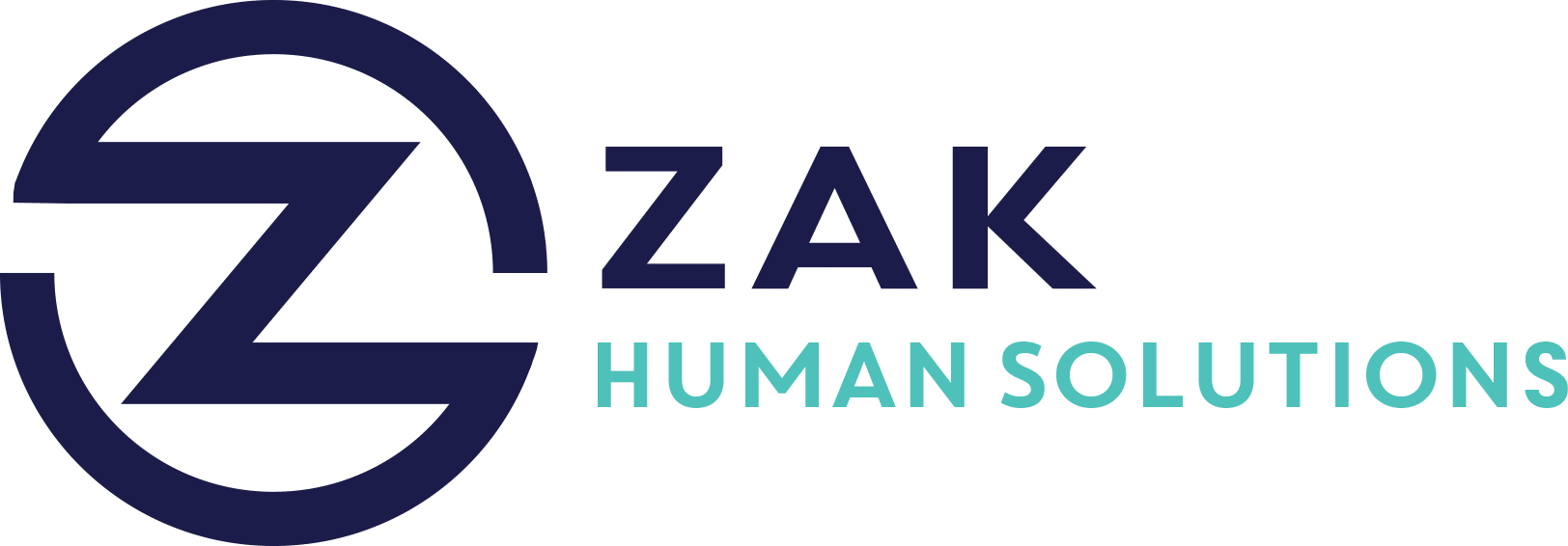Key Takeaways
- A Stanford study reveals a 13% decline in employment for U.S. workers aged 22-25 in jobs most exposed to AI since 2022.
- Affected jobs include customer service representatives, accountants, and software developers.
- The stagnant employment growth for young workers contrasts with stable overall employment rates post-pandemic.
- Young workers are particularly vulnerable as AI can replace knowledge gained from formal education.
- Not all AI applications negatively affect jobs; some fields see muted changes when AI complements work.
In recent years, the proliferation of generative AI technologies has prompted significant upheaval in the job market, particularly for younger, entry-level workers. A recent study from Stanford University underscores the depth of this impact, revealing a concerning trend for workers aged 22-25 in roles heavily exposed to AI. In this blog post, we’ll delve into the study’s findings, explore the broader implications for the workforce, and consider how young professionals can adapt in an increasingly AI-driven world.
Understanding the Impact of AI on Entry-Level Jobs
According to the Stanford study, there has been a 13% decline in employment for U.S. workers aged 22-25 occupying positions highly susceptible to AI disruption since 2022. These roles span various industries but are significantly concentrated in customer service, accounting, and software development. This decline points toward a substantial reshaping of the job market, fueled by AI’s advanced capabilities, particularly in performing repetitive and data-driven tasks.
Key Sectors Affected
- Customer Service Representatives: With AI chatbots and virtual assistants handling a growing volume of customer interactions, the demand for traditional customer service roles has waned.
- Accountants: AI’s ability to process and analyze large datasets with precision challenges the necessity for entry-level positions in accounting.
- Software Developers: While AI tools can enhance software development efficiency, they also threaten some introductory programming roles by automating code generation and debugging processes.
The Challenges Facing Young Workers
The stagnant employment growth among young workers contrasts starkly with the generally stable employment rates for older demographics. Several factors contribute to this trend:
- Vulnerability to Replacement: Generative AI is particularly adept at substituting “codified knowledge”—the type of knowledge typically gained through formal education. This puts young workers with less on-the-job experience at a competitive disadvantage.
- Economic Shifts: Post-pandemic economic adjustments have also influenced hiring practices, with companies reassessing their workforce needs and the integration of technology.
Moving Towards Resilience
Interestingly, the study also highlights that not all AI integrations result in negative employment outcomes. In sectors where AI complements human work rather than replacing it, changes in employment rates have been muted or even positive. This suggests that young workers can still find opportunities by focusing on areas where AI serves as an enhancement to human skills.
Adaptation Strategies for the Future Workforce
As generative AI continues to evolve, what can be done to mitigate its impact on early-career workers and to ensure their success in this new landscape?
1. Skill Diversification
- Pursuing skills that AI cannot easily replicate, such as critical thinking, creativity, and emotional intelligence, will be vital.
2. Continuous Learning
- Committing to lifelong learning and staying updated with the latest technological advancements can enhance career resilience. Online courses, certifications, and training programs are valuable resources.
3. Industry-Specific Adaptations
- Understanding how AI is transforming specific sectors can help workers tailor their skillsets to meet new demands. For example, combining AI literacy with industry expertise can be a powerful advantage.
The rise of generative AI presents both challenges and opportunities. While certain jobs may decline, new ones will emerge, necessitating a workforce that is adaptable, technologically savvy, and prepared to leverage AI as a tool for innovation. By anticipating these changes and taking proactive steps, young workers can position themselves at the forefront of a dynamic job market, ready to drive the future of work.




